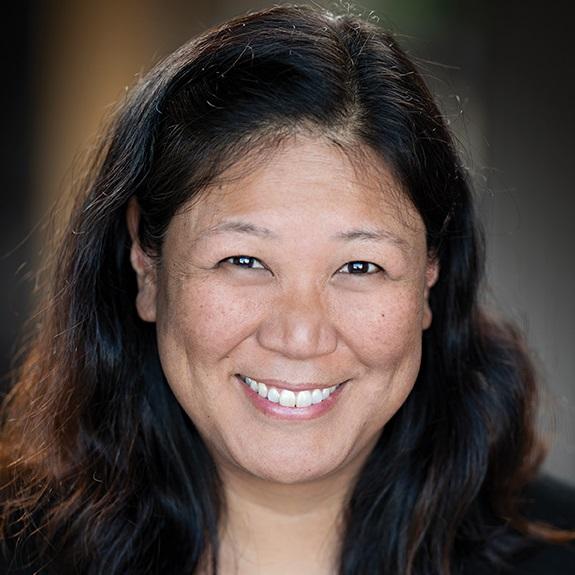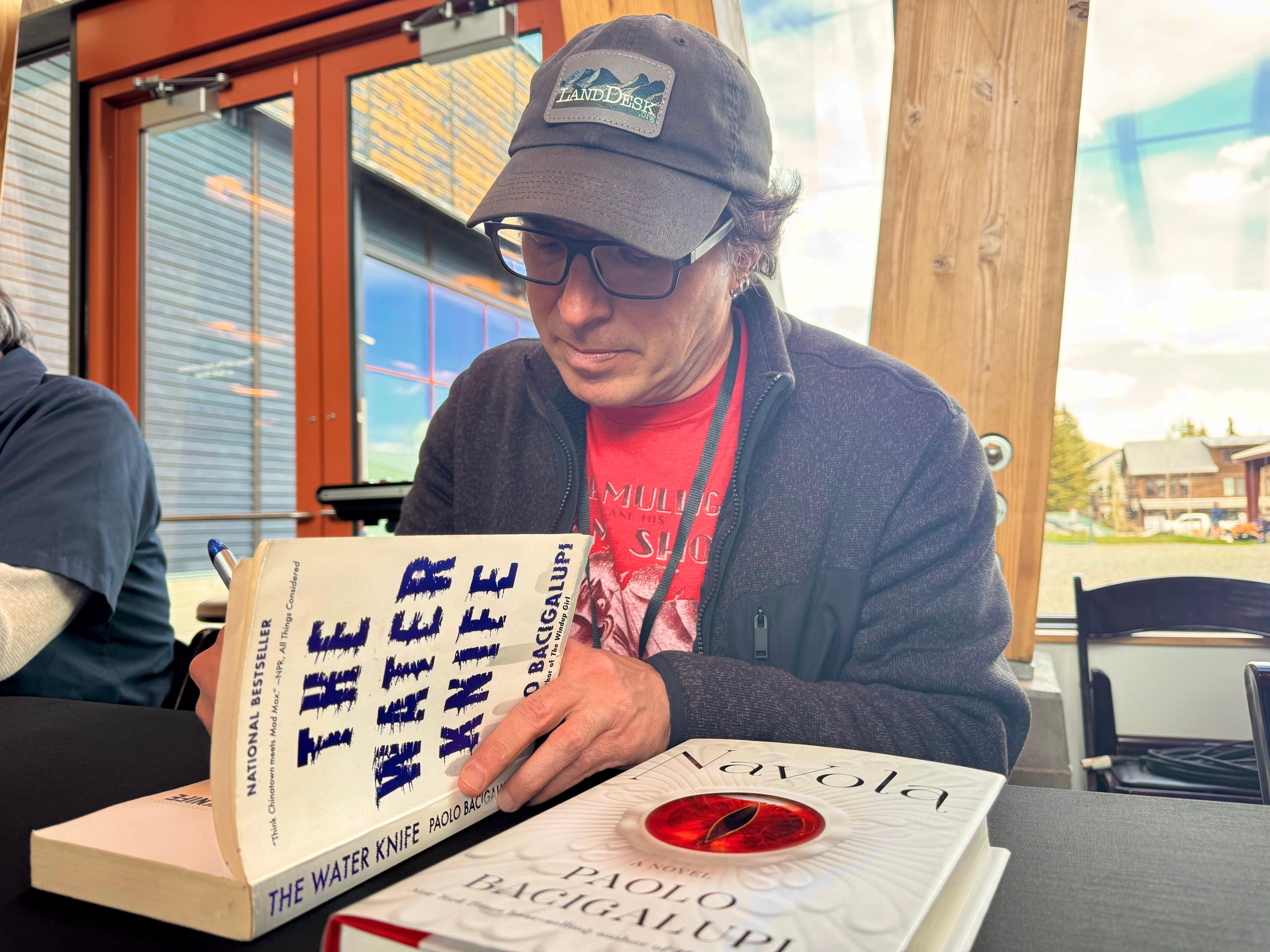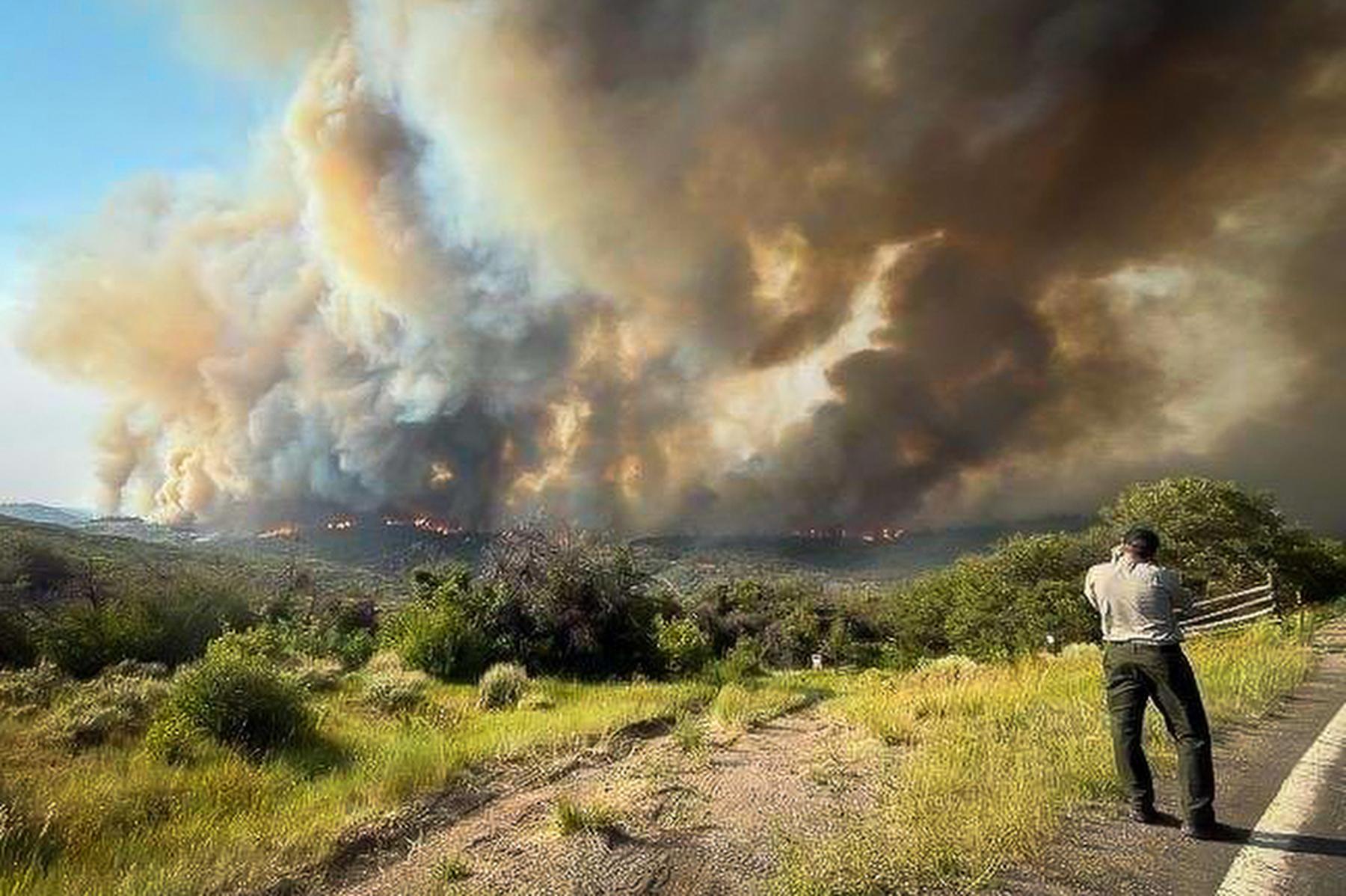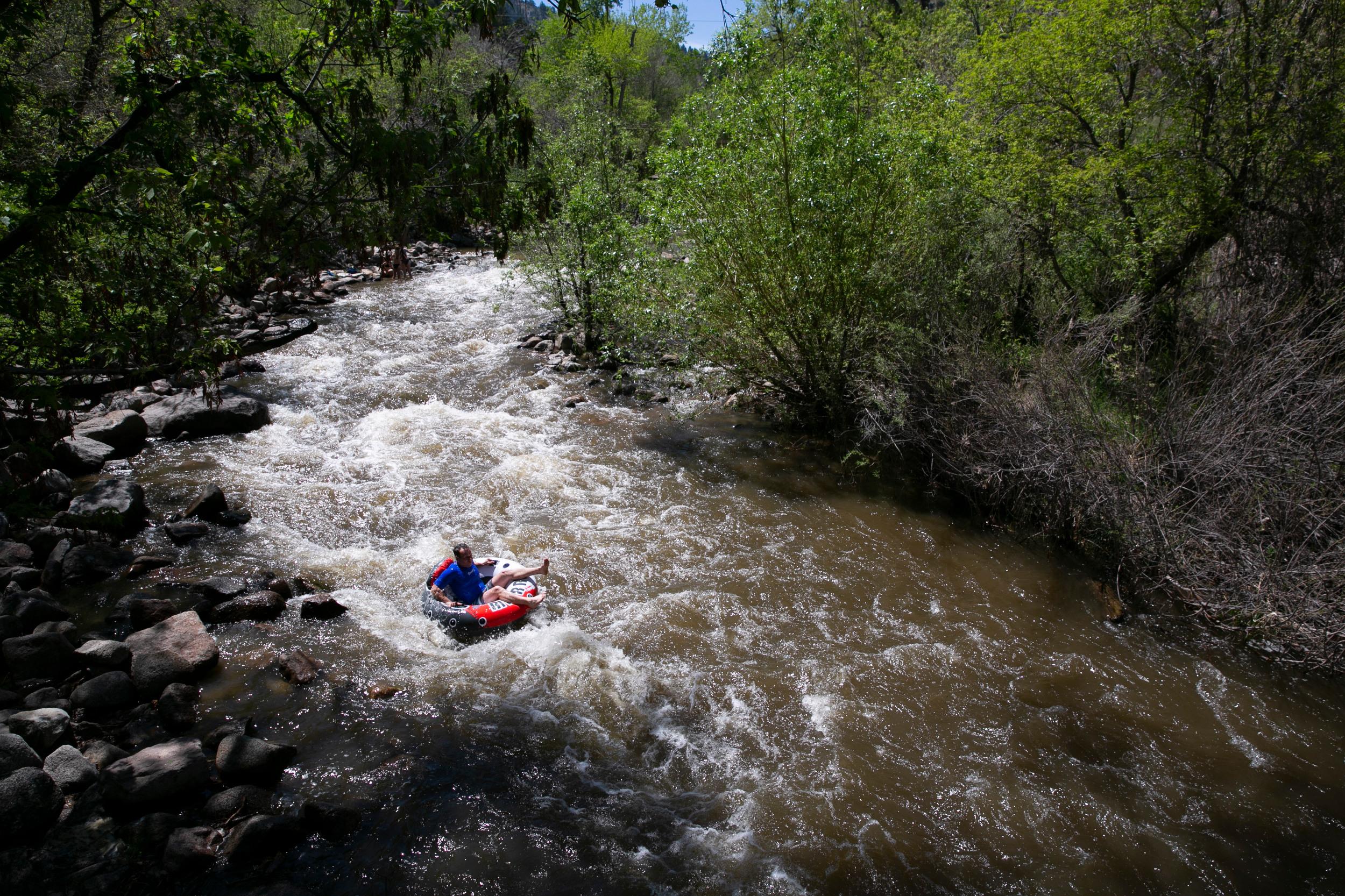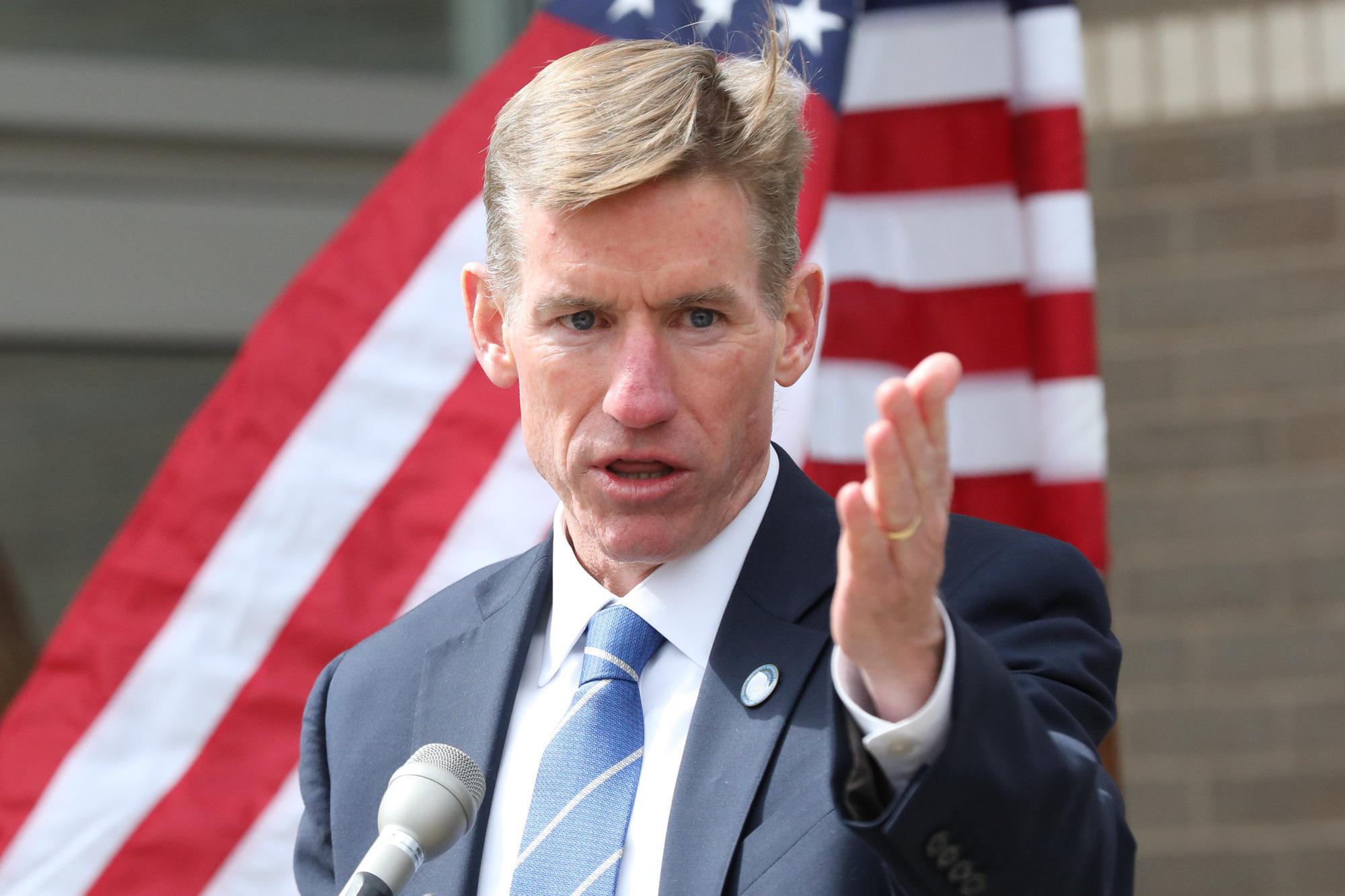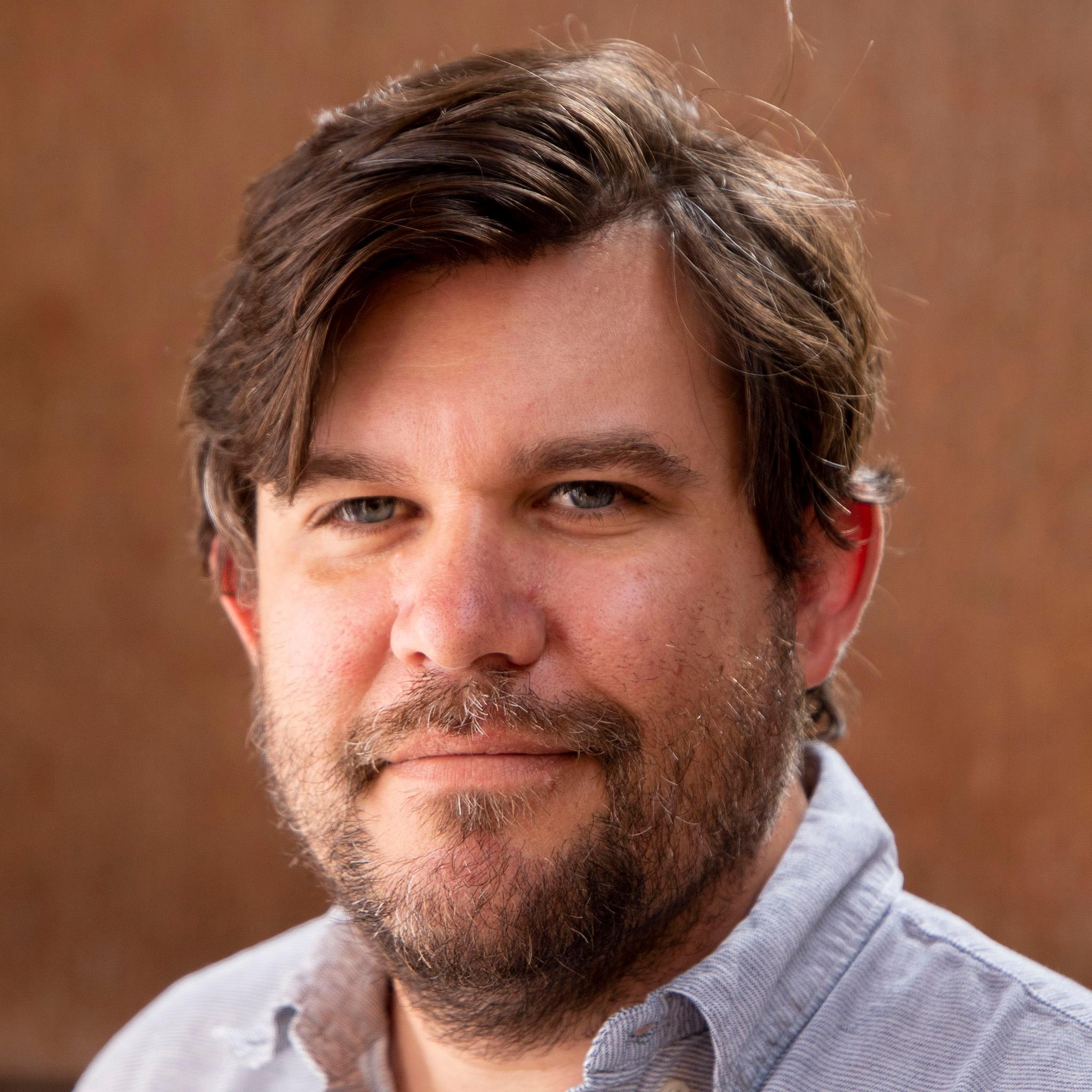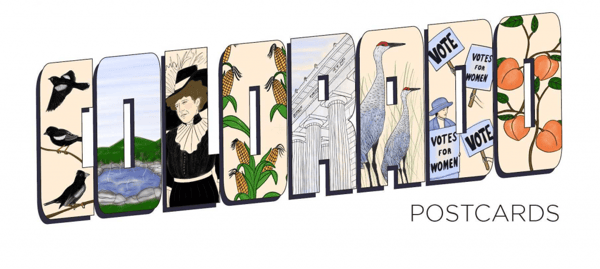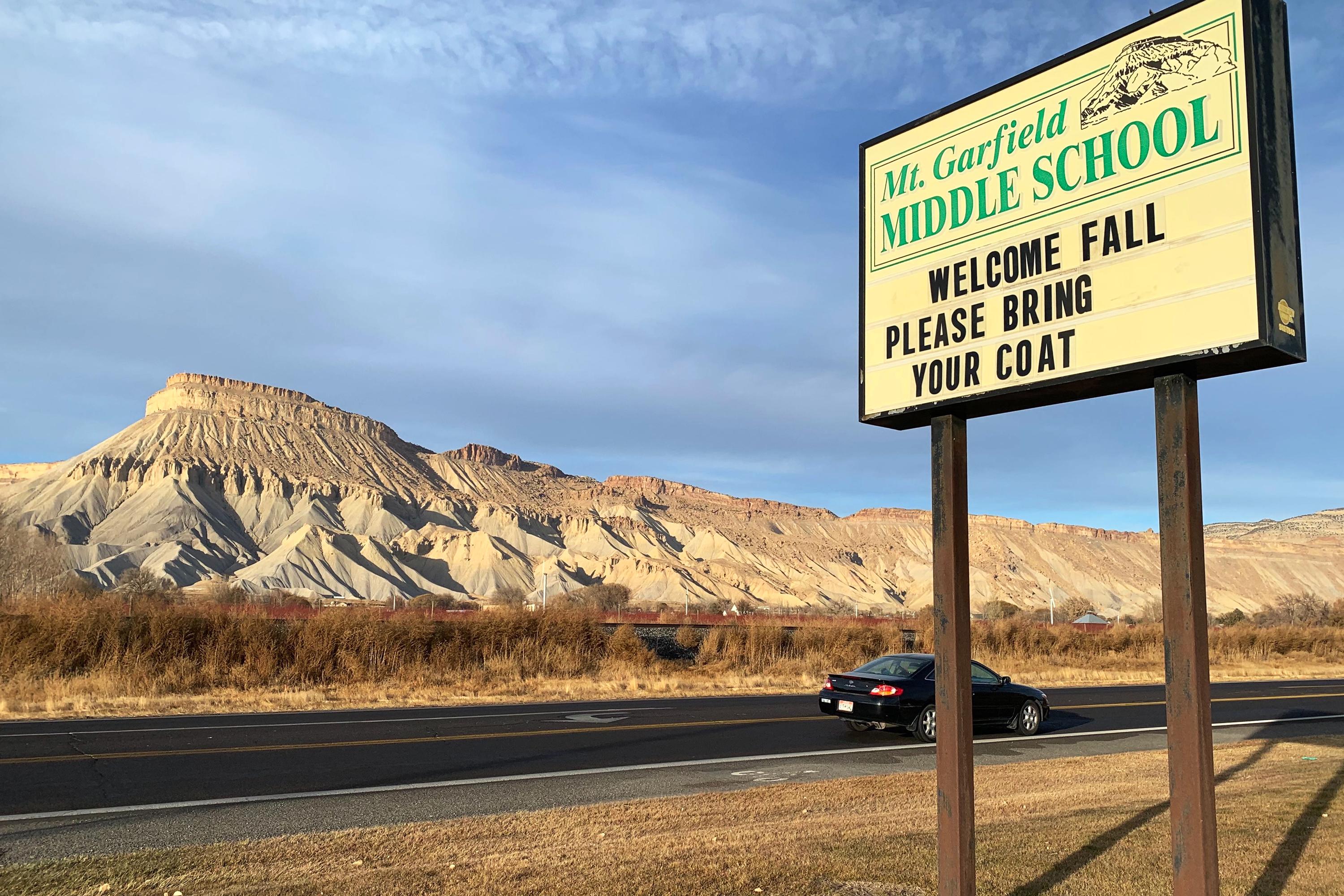
Housing.
That’s the reason Republican Sen. Mike Lee of Utah said he’s pushing for public lands sales to be included in his party’s big tax and spending bill.
Updated text of Lee’s proposal zeroes in on housing. An earlier version would have privatized land for “any associated community needs.” Now that phrase has changed to “any associated infrastructure to support local housing needs” to hammer home that point.
But will selling public lands help Colorado communities struggling with affordable housing?
Mesa County has experience with buying federal lands. Earlier this year, the county finally got the green light to buy over 31 acres of land that was on BLM’s disposal list. The parcel had no public access, no public recreation or conservation value. The county’s intent is to use it for economic development and workforce housing in the Clifton area.
Mesa County Commissioner Bobbie Daniel said the idea of conveying federal lands to local governments isn’t new. “It’s been supported on both sides of the aisle as a way to responsibly address local needs.”
“When implemented carefully, the conveyance process offers a way to meet critical community needs while still respecting public land values,” Daniel said in a statement.
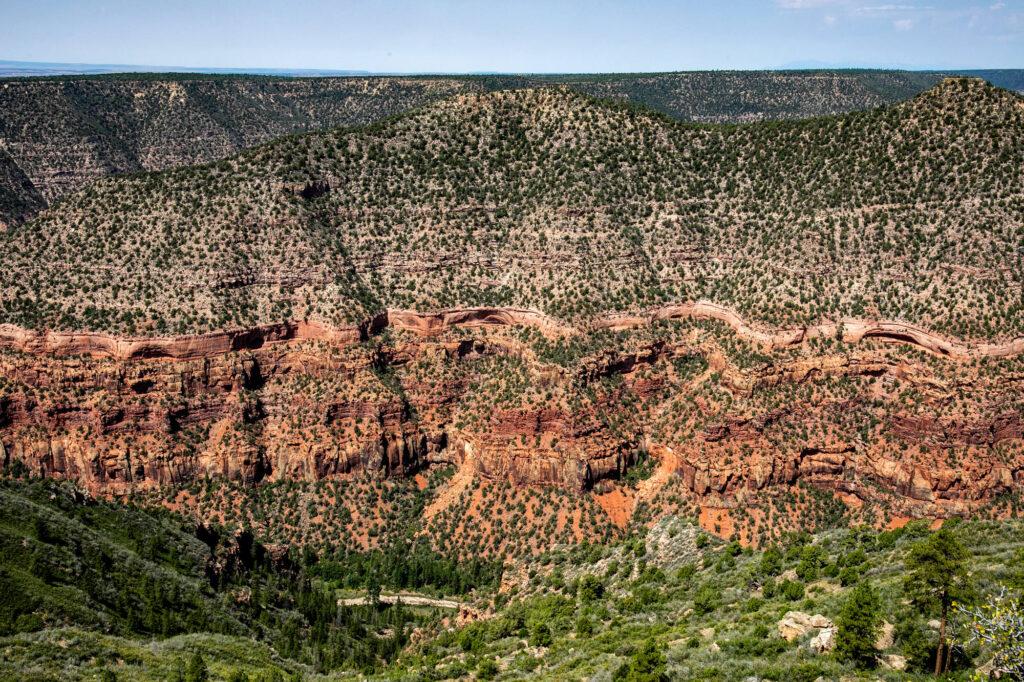
But there are two critical factors for Daniel: local control and flexibility.
“What makes sense in one county may not in another, so any legislation should prioritize local partnerships, planning, and decision-making. These conversations are best handled at the community level, where we understand the land, the needs, and the existing uses like grazing,” Daniel added.
The proposal would exclude federally protected lands, like National Parks and Monuments, but updated Senate text dropped a definition of existing rights that included mineral rights and grazing permits, which means BLM and Forest Service could potentially sell land that is currently being used for those purposes.
Chaffee County Commissioner P.T. Wood struggled to recount his reaction to first hearing about the new push to sell federal land, saying he was “trying to think of a version of this that doesn’t involve cussing.” He landed on “ridiculous, stupid.”
Chaffee, located in the central mountains and anchored by the towns of Buena Vista, Salida and Poncha Springs, is about 80 percent public lands. Wood said people live there because of access to public lands, the wildlife, and the open spaces.

“This wouldn’t help, in my opinion, selling a bunch of land far from town,” said Wood. “There’s no scenario in the world where that helps our housing problem.”
He said housing is solved by local folks on the ground doing the work of building places that have services, that are walkable to downtowns and close to jobs.
Wood’s fellow Chaffee commissioner, Gina Lucrezi, agreed. She pointed out that to have affordability means density, and developing areas that can tap into local infrastructure like water, sewer and electrical lines. There are a few federal parcels that fit that description, but “where a lot of this disposal land on the maps are showing is out miles away, where we don’t have any municipal hookups.”
The bill includes a 5 percent revenue sharing with the local government, but Lucrezio said that isn’t much of a sweetener, because once that public land is gone, it’s gone.
“The value of our public lands — it’s everything to what our county is. It’s an economic driver, it’s recreation, it’s vital to the well-being of our entire community,” she explained.
Lucrezi does believe the intent behind the proposal is to increase the supply of affordable housing, but she said that at a recent meeting with the acting director of the BLM, local Colorado leaders got to drill down some more on how these sales would be carried out.
“As we asked somewhat of a robust Q&A after the session, it really boiled down to ‘hey, this land could be up for auction for anybody to kind of jump on,” she said. That means developers could purchase the land for anything from workforce housing to new luxury developments.
That does seem to be a major concern for many local officials: Who buys the land? Local governments and the states may get the right of first refusal, according to the bill.
“The right of first refusal is a nice nod,” said Gunnison County Commissioner Jonathan Houck, “but the reality of it is local governments, especially as we see more and more of a reduction of resources from our partners at the state and federal level, we’re not in a position to purchase land at the value it would hold.”And that means the land could be sold to private developers.
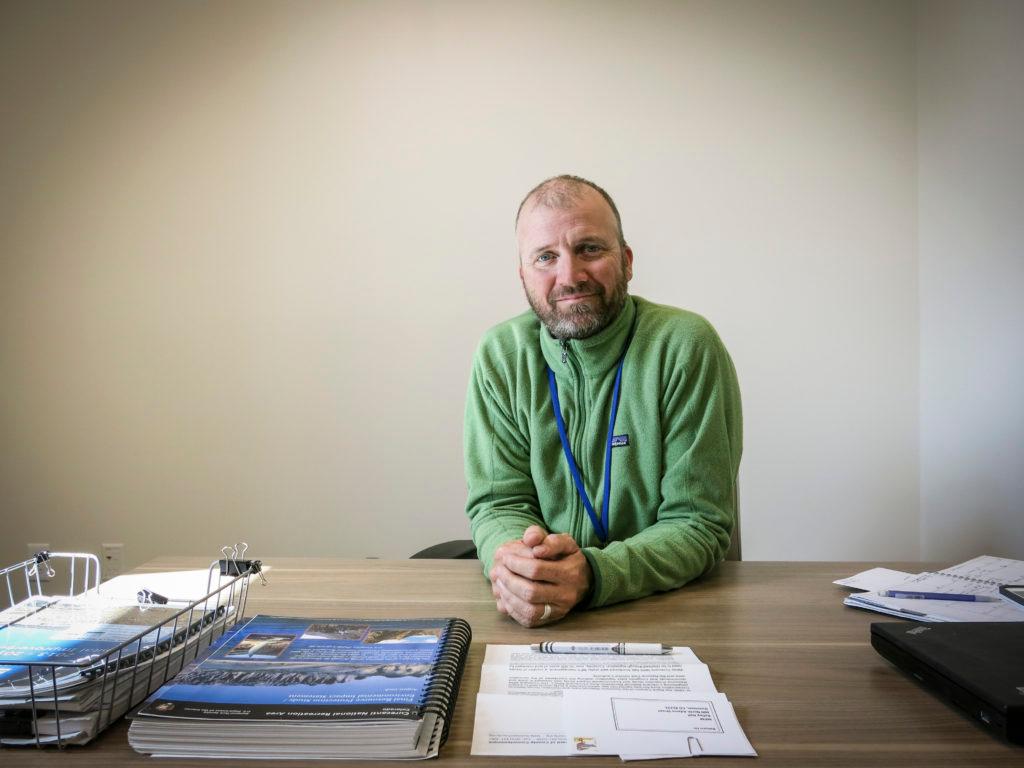
Like Chaffee, Houck said a lot of the parcels that would likely be put on the list from his county would not fit the bill. “The only place that I see that there’s an opportunity — and there’s already a mechanism for this — is like administrative sites that are within town already… maybe the Forest Service or BLM had a headquarters in one area and then they consolidated and moved into a different building and the federal government still owns half a block in your town. That’s a very different conversation than the checkboard of 250 million acres all around the West.”
Houck said if the federal government really wants to help communities surrounded by public lands, the place to start is fully staffing public lands agencies.
Erin Ganser, housing director for the town of Crested Butte, pointed out that the vacancy rate for rentals in Gunnison County has been below 1 percent for almost a decade.
“When we look in communities like ours, where we’re land constrained, where we’re predominantly in a service industry, coupled with immense real estate development pressure and market pressure, it just creates for a really caustic reaction,” she said.
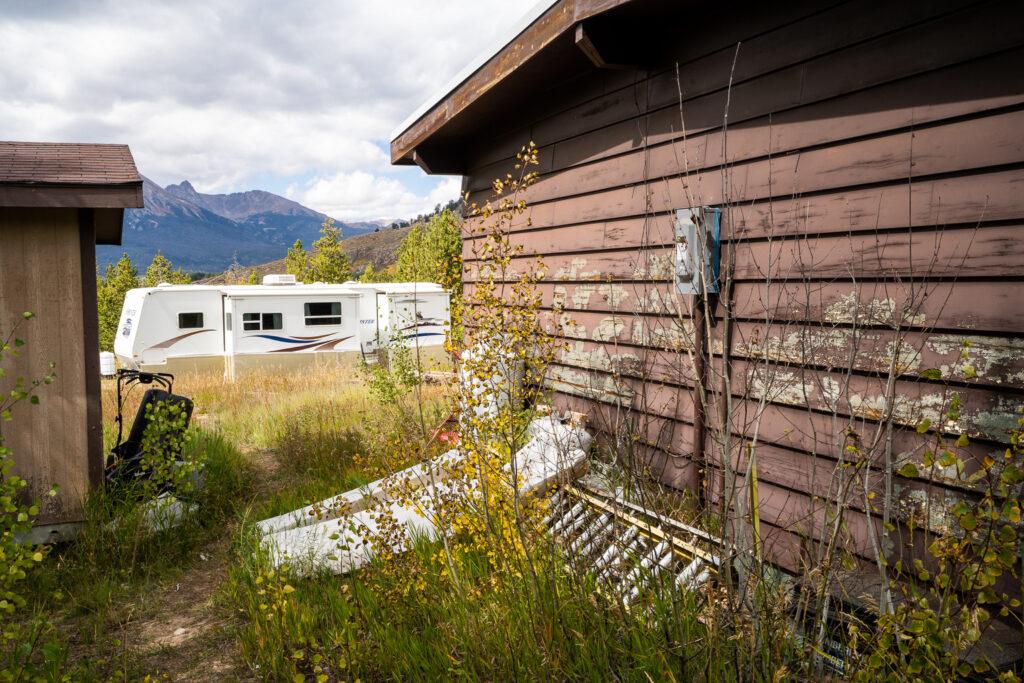
The idea of using federal land for housing didn’t start with this Congress. The 2018 Farm Bill allowed the Forest Service to enter long-term leases to repurpose U.S. Forest Service buildings for housing on very limited parcels. It’s pursuing a project in Summit County under that authority.
But selling public lands goes a step further.
Ganser said the idea could help Crested Butte, but “the devil’s in the details.”
She said turning land over to developers to put up more expensive housing will not help. “Simply creating more housing in a market that’s as broken as ours will not do anything other than create additional second homes for Front Rangers.”
She said they need homes that are dedicated to the local workforce and the community.
“Public lands are certainly not to be developed for market rate development, in my opinion, period,” she said. “But if you’re trying to do community housing, do it well by making sure it’s properly deed-restricted and priced.”
That would be her advice to Congress. And she said the federal government has done this kind of thing before, pointing to the low-income housing tax credit.
“They’re capable. It’s a matter of, are they interested and willing or is it just a fast real estate deal?” Ganser said.
Editor's Note: The story was updated to clarify that states and local governments may get the right of first refusal with regards to public lands, but it is up to the Secretary of Interior or Secretary of Agriculture to decide.
